
- United States
- United Kingdom
- Canada
- Australia
- Netherlands/Ireland
- High School
- University
- Research Institute
- Conditional Admission
- Community College
- Public College
- Private College
- Junior High School
- High School
- United States
- United Kingdom
- Canada
- Australia
- Netherlands/Ireland
- High School
- University
- Research Institute
- Conditional Admission
- Community College
- Public College
- Private College
- Junior High School
- High School
Study in the USA STUDY USA
Introduction
Education System Overview
Higher education in the United States is globally renowned, with the highest scale and standards. In the QS World University Rankings, the U.S. holds five out of the top ten spots. The diverse culture, top-notch faculty, abundant research resources, and generous scholarships make the U.S. a popular choice for international students. Unlike the Philippines' centralized testing system, U.S. universities have independent admissions processes. Even though the SAT/ACT exams, commonly known as the 'American College Test,' are not required by all schools, institutions place more emphasis on personal qualities demonstrated in application essays and extracurricular activities, embodying the 'American Dream' where everyone has the opportunity to succeed.

Comprehensive Universities
University or College
In U.S. higher education, entering a comprehensive university is the most common path. Comparable to general universities in Philippines, comprehensive universities are typically four-year programs. One distinctive feature of U.S. universities is that most freshmen do not need to declare a major right away. American students often choose their major based on accumulated credits by the end of their sophomore year.

Liberal Arts Colleges
Liberal Arts College
Liberal arts colleges aim to provide a broad-based education primarily at the undergraduate level, with only a few offering graduate degrees. The 'Arts' in liberal arts represents a focus on soft skills and humanistic thinking, emphasizing cultural education rather than vocational skills, aiming to cultivate highly educated individuals. Known for their small size and elite education, many liberal arts colleges rival Ivy League institutions, making them a top choice for prestigious families seeking education for their children.

Community Colleges
Community College
Community colleges offer two-year associate degree programs, allowing students to transfer to four-year universities within the state or through regular admissions to complete their bachelor's degrees, or graduate with an associate degree. Community colleges offer two main pathways of study, including academic-oriented transfer programs and career-oriented vocational programs, helping students either transfer to universities or enter the workforce directly upon graduation.
Education System
Education System
The education system in the United States is similar to that of Philippines, starting from elementary school, continuing through junior high school, high school, and then transitioning to college. The main difference lies in the grade divisions. In the U.S., elementary school is five years, junior high school (middle school) is three years, and high school requires four years to graduate. However, at the college level, both the U.S. and Philippines follow a four-year system, so there is not much difference in the academic progression for Filipino students pursuing bachelor's or master's degrees.
High School
High school
Grade 9Grade 10Grade 11Grade 12University
Undergraduate
FreshmanSophomoreJuniorSeniorGraduate School
Postgraduate
Grade 1Grade 2
*Junior High School
Grade 9Grade 10High School
High school
Grade 11Grade 12University
Undergraduate
Grade 1Grade 2Grade 3Grade 4Graduate School
Postgraduate
Grade 1Grade 2
Application Process
Application
In the United States, university/graduate school applications are different from those in the Philippines. In addition to academic performance and standardized tests (GRE/GMAT, TOEFL/IELTS), U.S. universities also place significant emphasis on students' extracurricular activities, internship/work experience, and all application materials. Therefore, in the application process, Self-Help Home recommends that applicants should plan their schedules early, prepare all required application materials for each application, ensure that progress aligns with the application timeline, in order to increase the chances of being accepted to their ideal schools.
Step 1 - Application Preparation
- School Selection Strategy Planning
- Initial School Application Selection
- Study Abroad Exam Preparation
- Confirm Recommender Selection
Step 2 - Document Preparation
- Finalize School Application List
- Prepare Application Documents (Transcripts, Passport)
- Study Abroad Exam Preparation
- Complete Writing and Editing of Application Documents
Step 3 - Official Application
- Confirm Recommender Submission of Recommendation Letter
- Submit Study Abroad Exam Scores
- Provide Required Transcripts and Certificates
- Monitor Application Status and Application Email
Step 4 - Application Results
- Confirm Final School Enrollment
- Arrange Accommodation
- Prepare Required Visa Documents
- Apply for I-20 from School
Step 5 - Pre-Departure Preparation
- Apply for F1 Student Visa
- Select Courses According to School Regulations
- Confirm Dormitory Check-In Time
- Book Flight Tickets, Arrange Entry Itinerary
Recommended Articles
TOEFL / GRE / GMAT Exemption Zone
You can apply to universities/research institutes in the United States, United Kingdom, and Canada without TOEFL, IELTS, GRE, GMAT, or SAT scores!



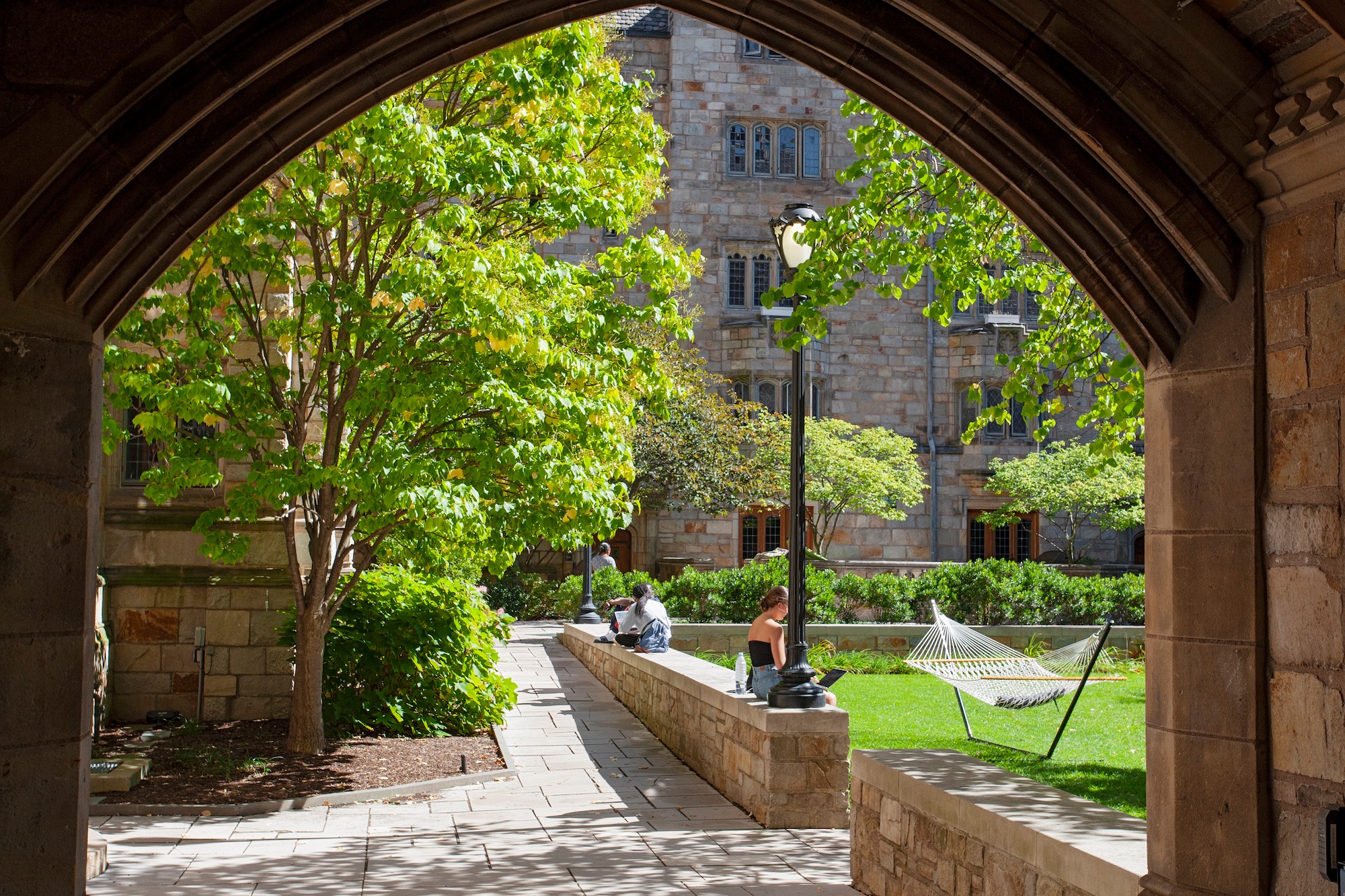
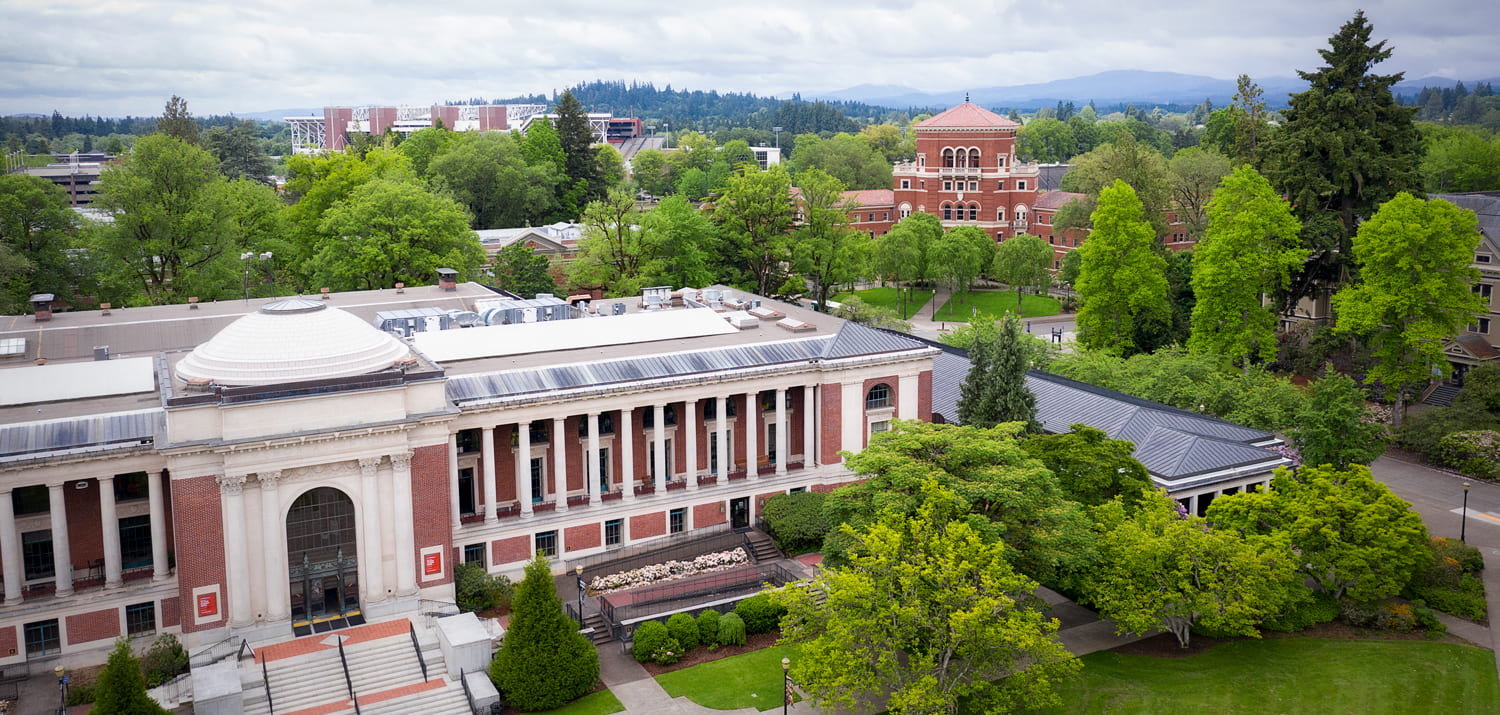

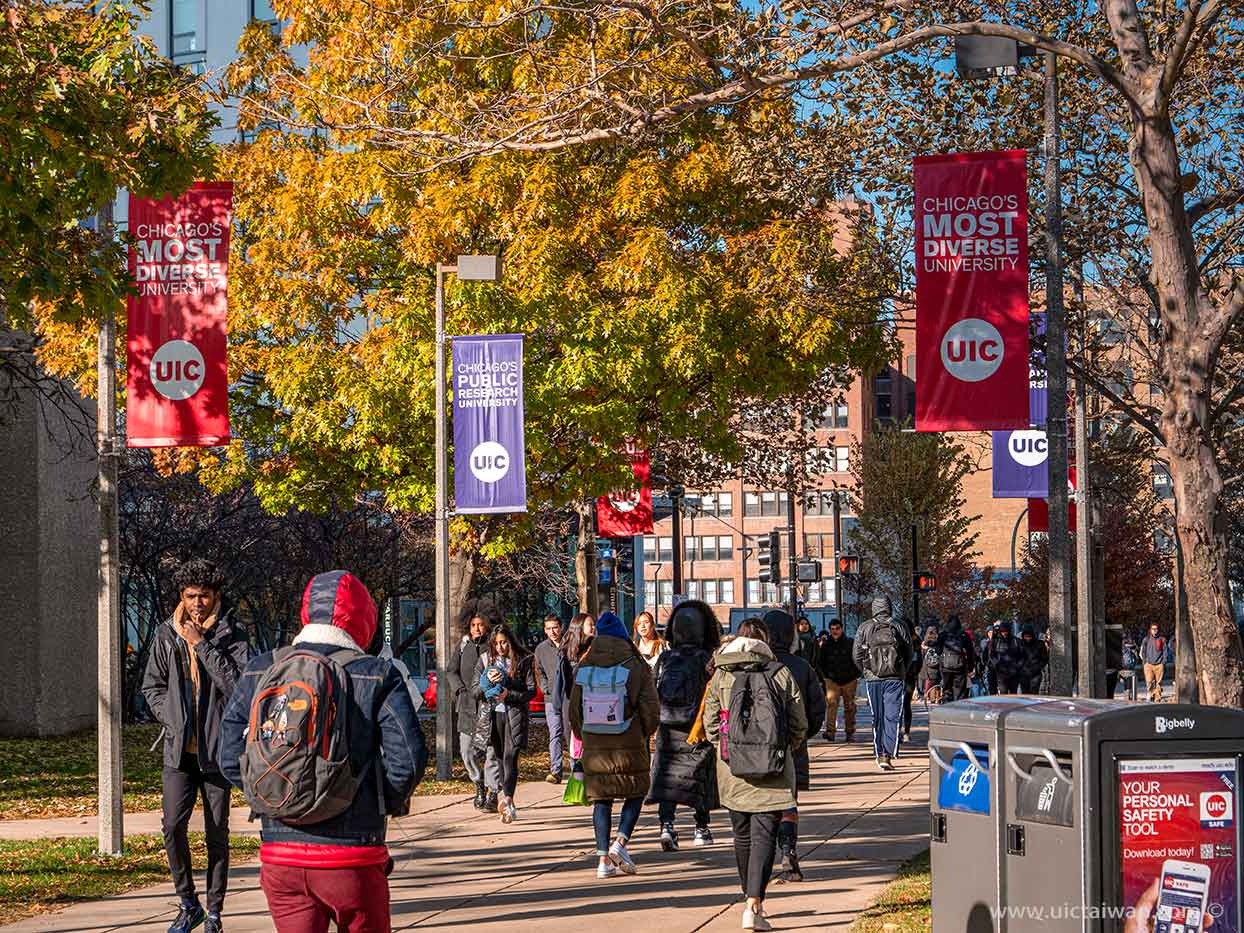


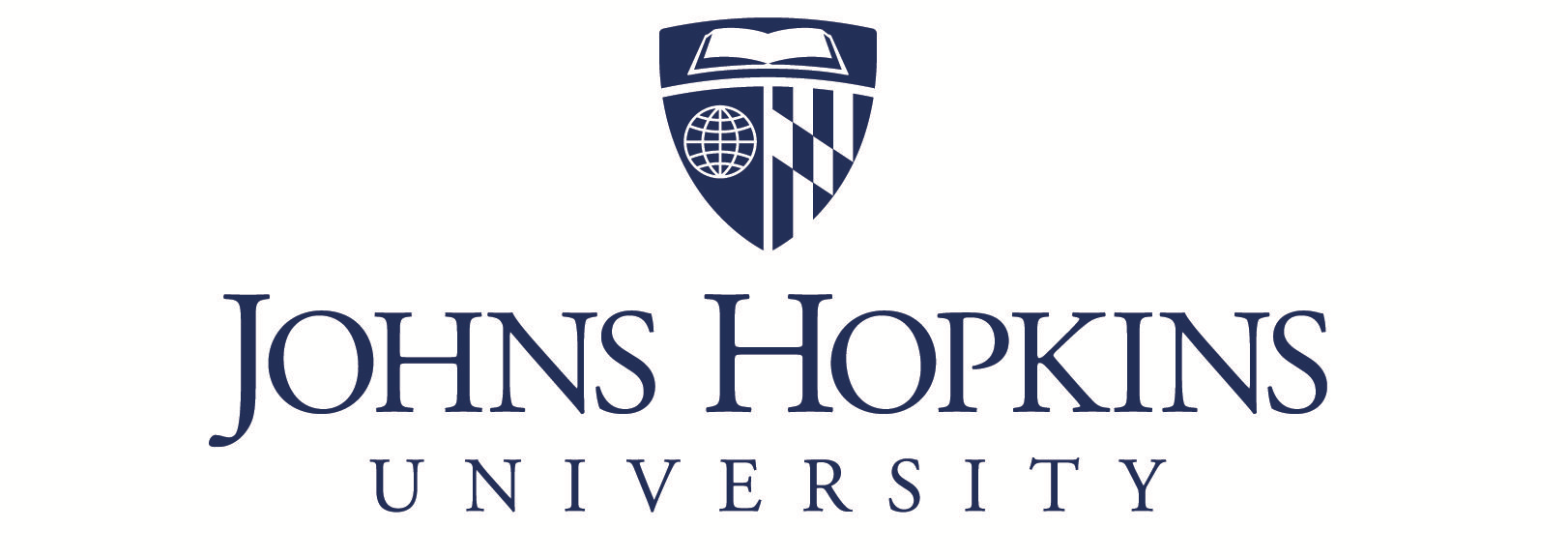
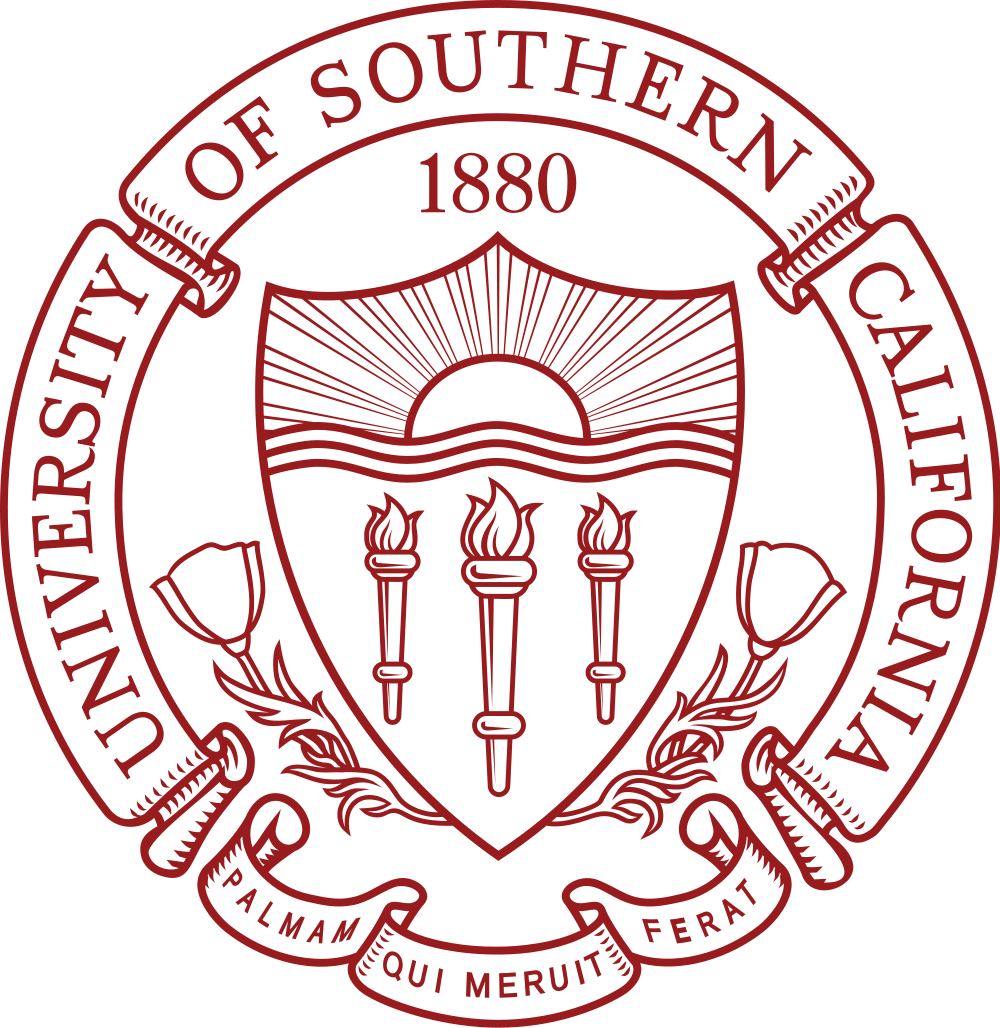
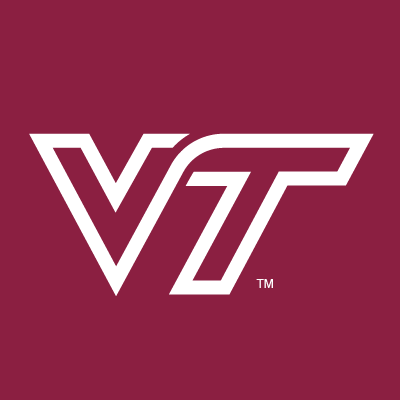

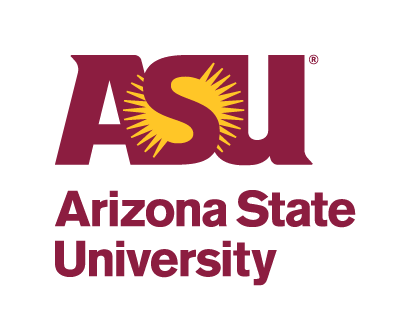
 Study in the USA
Study in the USA Study in Australia
Study in Australia Study in the UK
Study in the UK Study in the Netherlands/Ireland
Study in the Netherlands/Ireland Study in Canada
Study in Canada Conditional Admission
Conditional Admission



